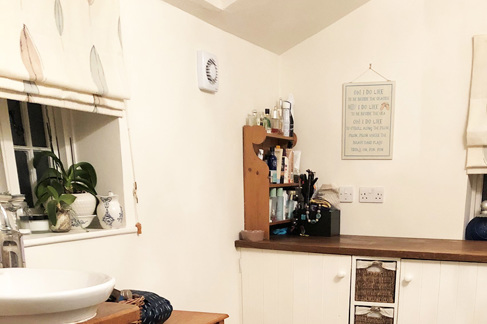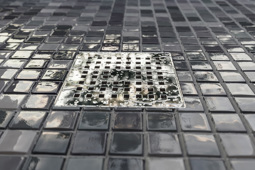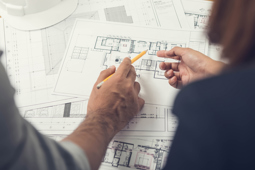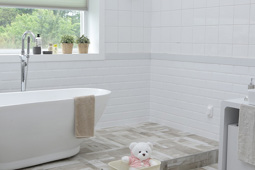
How should I ventilate my bathroom?
Project type
Ventilation is vital in a bathroom to help limit condensation and keep mould and mildew and its associated health issues at bay by reducing the humidity level and removing water vapour at its source. It will also get rid of smells and mean less upkeep for paintwork and plaster.
Install an extractor fan (this is a building regulations requirement for new bathrooms) and close the door while the fan is on. The moist air needs to be extracted to external air. You can choose from the very basic fans that are wired in with your light switch, to fans that can detect moisture levels and those which run continuously (and should run quietly) at a low level. Intermittent extractor fans should be able to extract 15 litres per second and continuous 8 litres per second. The fan must be vented through the wall or roof to external air.
You can improve background ventilation by fitting and using trickle vents or slot vents in your windows (this is also required by the building regulations for new and replacement windows) and open a window.
Use a dehumidifier as a temporary measure if the moisture is simply left over from construction work.
Whole house ventilation systems
Your home can be retrofitted with these systems, but bear in mind that ducting has to be installed which will cause disruption and have cost implications:
HRV (heat recovery system) or MVHR (mechanical ventilation with heat recovery) which extracts heat from stale air and returns it to the fresh air that it circulates round your home.
PIV (positive input ventilation) system which supplies fresh air from a unit installed in the loft or on a wall if you have an apartment.






